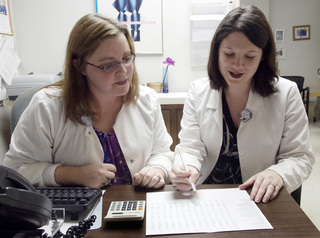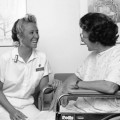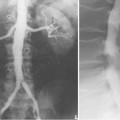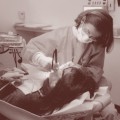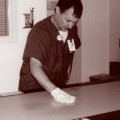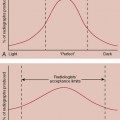CHAPTER 16 On completion of this chapter, you should be able to: • Describe how staffing needs are computed. • Explain the economics of equipment purchasing in radiology. • Calculate the costs of radiographic examinations. • Analyze the type, frequency, and charges of radiographic examinations that make equipment purchases economical. • Discuss ways to reclaim silver from radiographic film. • Identify steps you can take to economize in a department of radiology. • State the revenue contribution of radiology to the hospital budget. The staff of a radiology department represents 3% to 5% of a hospital’s labor force and cost. On the technical side, this staff consists of an administrative technologist, a chief technologist, radiologic technologists, clerical staff, and support staff (e.g., housekeeping personnel, patient transporters). The medical side consists of the radiologists and the chief radiologist (Fig. 16-1). The major equipment in a radiology department is the most expensive capital item in a hospital today. Costs range from $30,000 for a high-output mobile unit (i.e., an x-ray machine designed for easy movement for radiographing patients outside of the radiology department) to more than $1 million for a sophisticated CT scanner to even more for a MRI unit (Fig. 16-2
Economics of Radiology
Staffing
Equipment
![]()
Stay updated, free articles. Join our Telegram channel

Full access? Get Clinical Tree


Radiology Key
Fastest Radiology Insight Engine

